Objects and Methods
Object Types
The workspace contains the objects from which the model is constructed. Each object represents a physical feature of the river basin. Objects of the same type are customized by choosing methods and specifying data.
There are two main classes of objects, as follows.
• A simple object represents a single physical feature of a river basin.
• An aggregate object represents multiple features of the same type; for example, an aggregate reach represents multiple reaches, which may have different characteristics.
Table 1.1 summarizes the object types available in RiverWare.
Icon | Object and Description | Link |
|---|---|---|
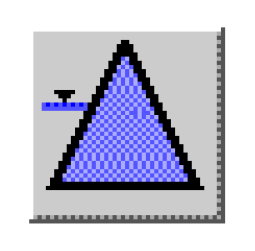 | Storage Reservoir A reservoir with Release and spillways and no hydropower facilities. Storage is a function of Pool Elevation as defined by an Elevation-Volume Table. | |
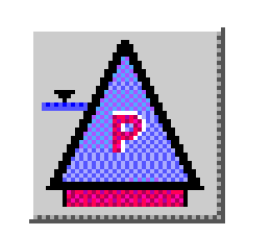 | Level Power Reservoir A reservoir with a hydropower plant (Turbine Release) and spillways. Storage is a function of Pool Elevation as defined by an Elevation-Volume Table. | |
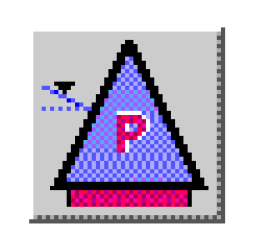 | Slope Power Reservoir A reservoir with hydropower facilities and spillways. Storage is a combination of level storage and wedge storage. Wedge storage is defined by a table which relates headwater elevation and Inflow to a water surface profile. | |
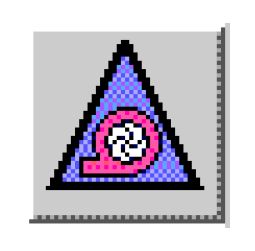 | Pumped Storage A reservoir which has reversible pump-turbines. The turbines may generate or pump at each timestep. Storage is a function of Pool Elevation as defined by an Elevation-Volume Table. | |
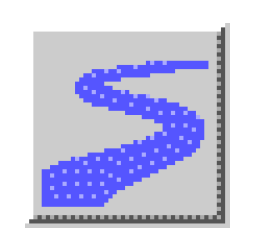 | Reach A river section which routes water using one of many possible routing algorithms. Reaches may lose water to a Diversion and gain water from Return Flow. Reaches can also have side inflows, gains, and/or losses. | |
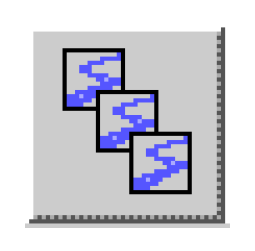 | Aggregate Reach An aggregate object which contains one or more Reach objects. | |
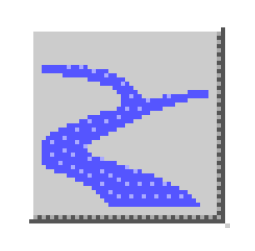 | Confluence A flow junction with two Inflows and a single Outflow. | |
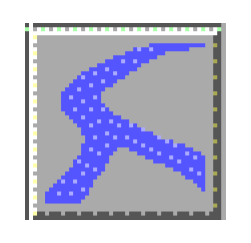 | Bifurcation A flow junction with a single Inflow and two Outflows. | |
 | Computational Subbasin The Computational Subbasin supports calculations that involve more than one object—so-called network solutions such as flood control and the water rights solver. These are not available on palette and are not shown on the workspace. Instead, they are created in the subbasin manager but can be shown in the Object Viewer. | |
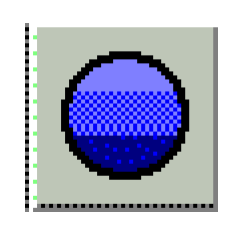 | Control Point An object used to regulate upstream reservoirs so that channel capacity at the control point is not violated. | |
Ensemble Data Set An Ensemble Data Set is an object that contains either trace data imported from an RDF file (upper left icon) or the results of analysis of such data (lower right icon). These are not created from the Object palette but are shown on the workspace. They are created in the Ensemble Data Tool. More information on the interface used to view Ensemble Data Set objects is available in About Data Sets in Solution Approaches. | ||
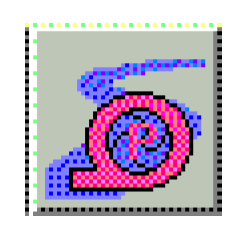 | Inline Power An object used to model power production on a stretch of reach with no storage (run of river power production). | |
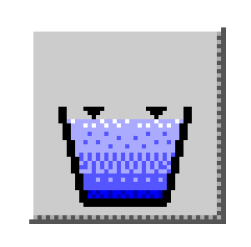 | Canal A bi-directional conveyance channel which delivers water by gravity between two Reservoirs. | |
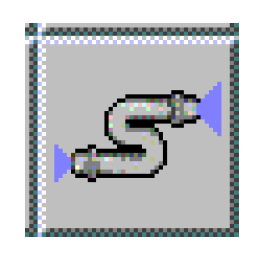 | Pipeline An object that models flow in a pipeline between two objects. | |
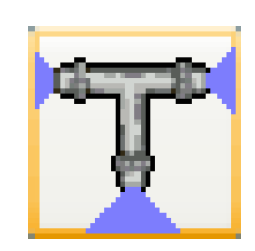 | Pipe Junction An object used with pressurized flow to split flows similar to a bifurcation or bring flows together similar to a confluence. | |
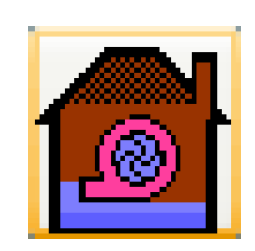 | Inline Pump An object used to model a booster pump station. It controls solution direction, calculates added head and calculates the power consumed. | |
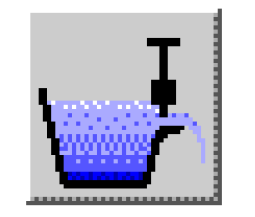 | Aggregate Distribution Canal An aggregate object which serves to route Diversion Requests from a Water User upstream to a Diversion object. It also routes flow from the Diversion object down to the Water Users. The Aggregate Distribution Canal contains Distribution Canal element object. See User Methods for descriptions of their functionality. | |
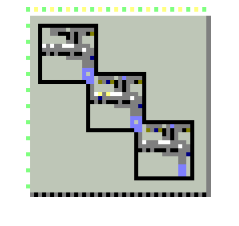 | Aggregate Diversion Site An aggregate object which contains zero or more Water Users. It diverts water from a Reach or a Reservoir. The Water User elements consume water and return excess flow to the system. | |
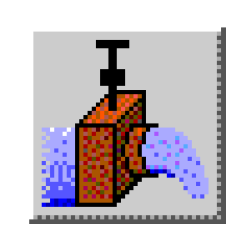 | Diversion Object An object which diverts water from a Reservoir or Reach. The amount of water which may be diverted is based on water surface elevation, pumping parameters, or available water. | |
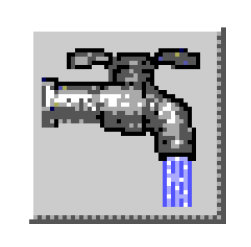 | Water User An object that diverts water from a Reach or a Reservoir, consumes water, and then returns excess flow to the system. | |
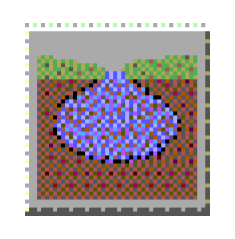 | Ground Water Storage An underground storage reservoir which receives Inflow from Water User Return Flow or Reach seepage and can return water to the system. | |
Aquifer A deep, fully saturated, often confined groundwater system. This object can solve at the run timestep or a user-selectable larger computational timestep. | ||
 | Stream Gage An object used to represent stream gage location. It shows the discharge data at a particular location in a model. | |
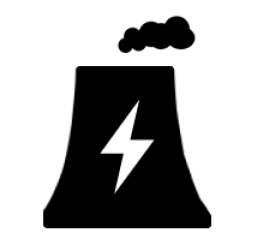 | Power Plant Diversion An object which models the diversion and consumption of water by a Power Plant, often for cooling.The Power Plant Diversion is an aggregate object that contains Generator element objects. See User Methods for descriptions of their functionality. | |
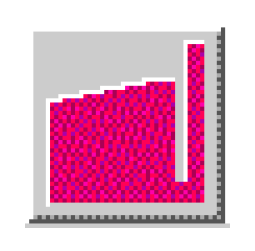 | Thermal Object An object which models the economics of the thermal power system and the thermal replacement value of the hydropower. | |
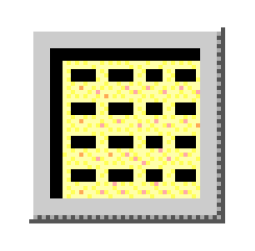 | Data Object A container for custom slots and user defined data that is not appropriate on a simulation object. |
Revised: 06/04/2022